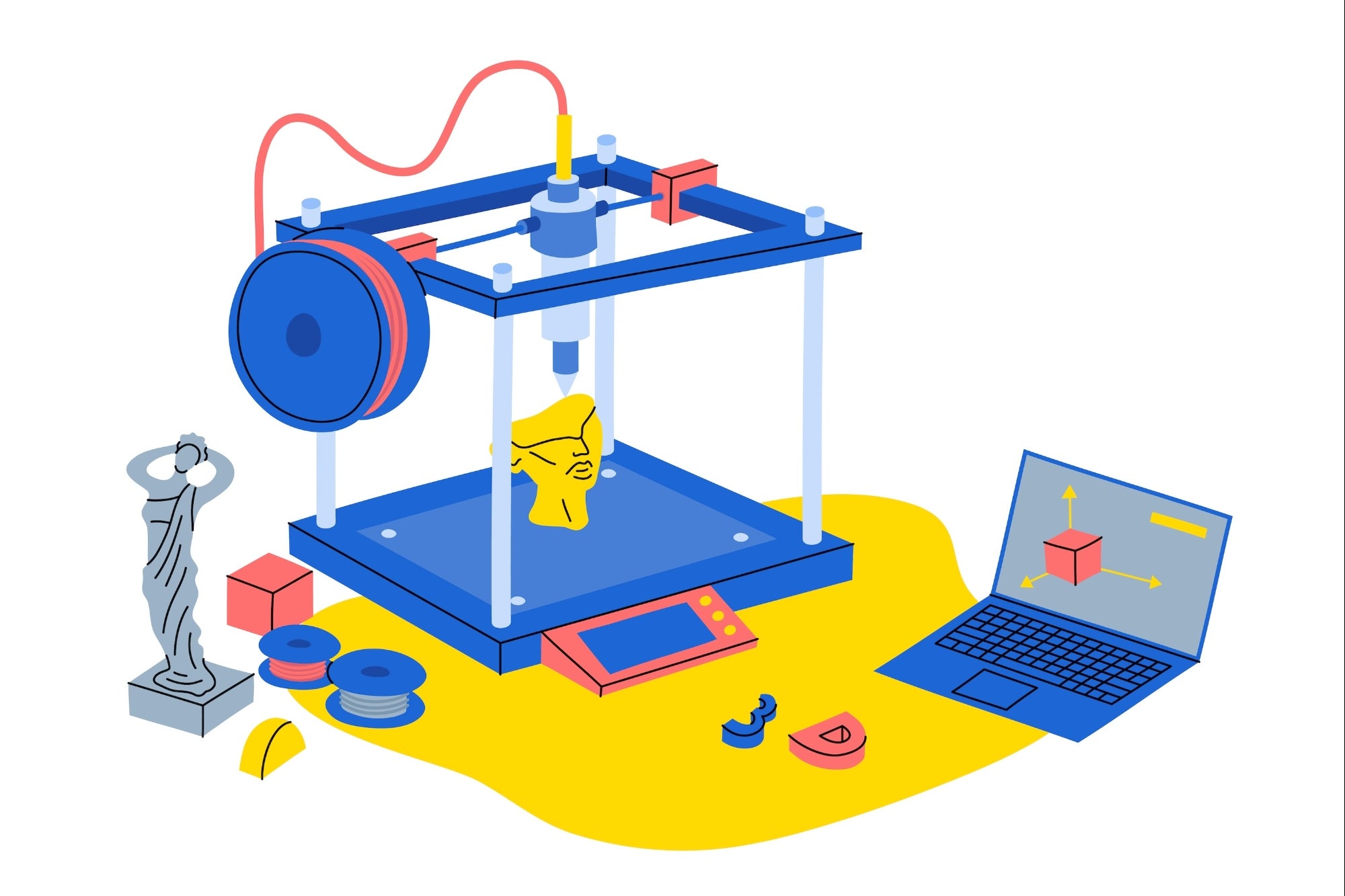How Leaders Can Cultivate an Automation-First Mindset While Building a Culture That Rejects Repetitive Busy Work Everyone says automation is essential, but most leaders aren't walking the talk: Here's how to foster an automation-first mindset in your company.
By Aytekin Tank Edited by Jessica Thomas
Opinions expressed by Entrepreneur contributors are their own.
Amira Yahyaoui knows what it's like to lack opportunity. The anti-corruption activist was exiled from her native Tunisia when she was just 18, her citizenship records erased. Even after she arrived safely in France, Yahyaoui couldn't get a bank account, a phone number or legally attend university. She had no way to build her future.
Yahyaoui never forgot this experience, and in 2017, she founded Mos — a digital platform that matches students with college scholarships. Users fill out a single form to unlock more than $160 billion in financial aid that might otherwise remain tangled in bureaucracy. Building an equal playing field drives Yahyaoui's work. So does automation.
Mos uses big data, automation and analytics to prevent billions of scholarship dollars from going unused. I love how Yahyaoui and her team built an elegant, user-centric solution to a sticky problem. Her story also shows what's possible when leaders embrace an automation-first mindset — something I've tried to cultivate in my own company.
Back in 2008, Google stepped into the ring to compete with my two-year-old, self-funded startup. At first, I panicked. Then, I had a lightbulb moment: Our product was helping people automate their work, but we weren't walking that talk internally. We needed to build a culture of automation. This shift not only kept us afloat but also now enables us to serve nearly 20 million users worldwide.
Related: In the Age of Automation and AI, Focus on These 3 Marketing Tactics
Small automation projects are great. But leaders who promote an automation-first mindset can create entire systems that run in the background while their teams do the work that matters. Here are three ways to foster automation throughout your organization.
Clear the way for change
As founders, we often talk about driving innovation and empowering people to build transformative solutions. These are worthy goals. Yet two barriers can block success: First, it's impossible to influence culture without understanding its nature. One of my favorite definitions comes from Gallup, which says "Organizational culture simply comes down to 'how we do things around here.'" If teams are encouraged to "do things" with automation, this mindset will gradually seep into your culture. People will seek technological solutions to problems that don't require ongoing human effort.
Second, innovation takes time. Employees who are drowning in busy work — including email, file management, scheduling and more — lose their most strategic, creative work hours to manual tasks. Automation frees them to address meaningful challenges. It gives people license to focus on what's important, rather than what feels urgent in the churn of a typical workday.
Related: How to Boost Your Business With Direct Mail Automation and Retargeting — a Detailed Beginner's Guide
Welcome failure
Creating space for failure is another buzzy concept. But what does it mean? As leaders, we should ensure our teams feel safe and supported. That's a given. Yet, accepting our stumbles can be easier said than done. High performers, especially, want to prove their skills; they want to succeed.
In my new book Automate Your Busywork, I describe the automation process as a flywheel. With each turn, your automated systems become tighter and more effective. But starting the wheel takes some effort — and those first spins inevitably include some failures. Ensure your teams know that's okay.
Amy Jo Martin, founder and CEO of Renegade Global, encourages founders to think of new programs as experiments.
"If we look at an initiative like a Petri dish and we write beta on the side, everybody just kind of backs up a little," Martin explains. "They say 'Oh, it's in beta, let's let it breathe a little.'"
I encourage founders to apply this beta attitude to their automation efforts. Whether you're automating HR processes, like training and onboarding, or implementing AI-powered financial systems, there will inevitably be some hiccups along the way. The good news? As you pinpoint the problems and find solutions, you're also strengthening your documentation, because automation is documentation. Failure is the first step toward clear, enduring processes that can withstand human and organizational change
Related: 3 Mundane Tasks You Should Automate to Save Your Brain for the Big Stuff
Teach people to think in systems and workflows
Long before I studied computer science or created a digital product, I loved seeing the world through systems. I like when inputs produce clear outputs. Automation is built on systems thinking — and while it's not the most heart-pounding topic, understanding your business systems makes it dramatically easier to automate them.
In her 2008 book Thinking in Systems, Donella H. Meadows defines a system as "an interconnected set of elements that is coherently organized in a way that achieves something." For example, a bathtub is a system. If you turn on the faucet and plug the drain, the water level rises. Remove the plug or change the faucet position and you create a different result.
Workflows are equally important. A workflow is a series of interconnected steps that create a result. The busy work that drains our peak capacity often stems from workflows, rather than individual tasks. For example, "email Samir" might seem like a simple to-do list item you can dash off in minutes. However, if you need to research Samir's question, consult with a colleague and find the right document to attach before hitting "send," that email could take over an hour. It was a workflow, not a task.
Workflows are the building blocks of automation. Teams that can spot and map workflows are better equipped to build automations that eliminate tedious, repetitive tasks. For example, email templates with contingency-based attachments could prevent staff from answering the same questions over and over again.
Systems thinking and workflows are essential concepts, but meaningful change starts with an automation-first mindset. Show your teams that automation is a priority. Avoid simply delegating manual tasks to employees; encourage them to find automated solutions to low-value work, so they can leverage their most profound skills and talents. Like Amira Yahyaoui, clarify your mission, refuse to accept the status quo and harness automated technology to make it happen.
Related: Lacking Balance in Your Business? 5 Ways Automation Can Help You Achieve Peace of Mind









